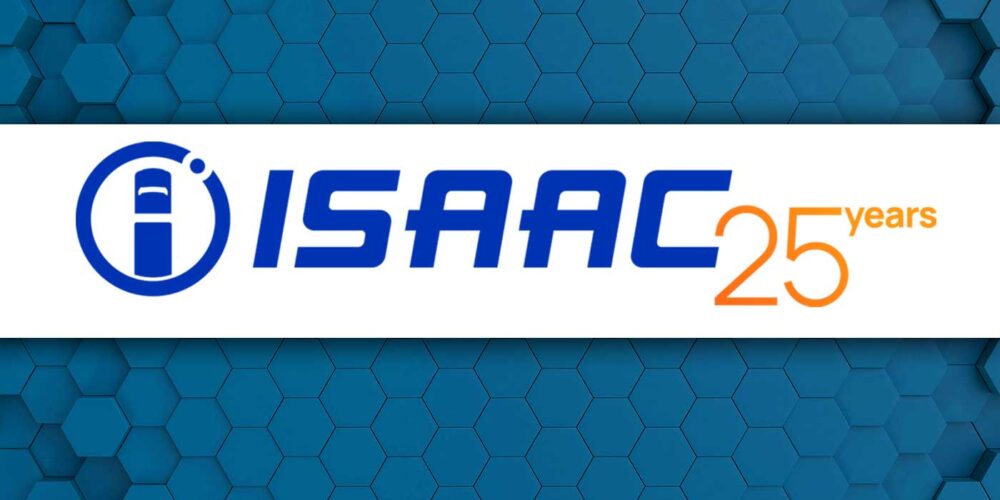Truck drivers and fleets are no strangers to the sense of urgency that comes with the demand of completing deliveries in a timely manner. The strain on the supply chain stemming from the continued driver shortage, as well as the notable increase in consumer demand (a byproduct of the buying medium of choice shifting to E-commerce), has exacerbated the stressors associated with the job. To ensure drivers remain compliant with Hours of Service (HOS) regulations and stay safe on the road while also meeting their end customer timelines and delivering on-time, fleet managers are utilizing different technologies and data to improve operational efficiency.
Data-driven insights improve safety and optimization
Effectively utilizing data can determine the success or failure of a fleet. Whether it be a local fleet of a few trucks focusing on last-mile deliveries, or a larger fleet operating in the long-haul space, data is imperative to prosperity. One key area to look at is route optimization. Consumers are familiar with GPS systems like Google Navigation or Apple Maps can direct a driver to the fastest route. For the average commercial driver however, determining a route isn’t that simple.
Large amounts of freight are restricted from certain roadways due to their size, weight and the type of freight being transported. Adding to the complexity, drivers must navigate constraints at pick-up and delivery locations regarding when to arrive at a given facility and how to access it. Furthermore, a long-haul driver embarking on an eight-hour journey needs to look far ahead for inclement weather and changes in traffic patterns that may not have been accounted for at the time of in the initial routing. Analyzing historical data in the region, with the aid of trip planning tools, drivers work to create the most optimal route, determining when to begin and where to take rest breaks to avoid disruptions. Using data for route optimization will also make sure drivers stay within HOS regulations and avoid costly service failures.
Additionally, in-cab technologies such as cameras and sensors can determine safety patterns and flag any unusual behavior to the fleet dispatcher. After a certain amount of flagged safety violations, such as sensor violations related to hard braking or following distance warnings, and distracted driving events, fleet managers can utilize those insights to determine if a driver needs coaching or re-training in specific areas.
Hazardous locational data is also critical in improving fleet safety and efficiency as recently noted by Solera’s Fleet Industry Intelligence Report. According to the report, Los Angeles, Boston, Phoenix, and New York City are among the top cities in urban areas with the highest collision rates. With hazardous location data, drivers who must operate in or travel through these areas can proceed with greater caution knowing there is greater risk for collisions or unsafe driving behaviors.
Streamlined data workflows improve efficiency
Analyzing data to help drivers perform their duties safely and efficiently is important, but from a business perspective, fleet managers must also understand that capturing and collecting data in near real-time is critical for success. For example, Dayton Freight adopted driver workflow solutions to reduce
manual procedures and provide uninterrupted information delivery by adding a much-needed capability to analyze data in real-time and improve fleet efficiency.
By reducing the amount of manual work, the company was able to analyze data in real-time, improve on-time service, maintain the fleet efficiently, and accurately document all operations. Not only did the business realize a growth rate increase of 20%, but they delivered on their brand promise to deliver value today, driving the standard for tomorrow.
Wholistic data-views uncover the full picture of fleet operations
External data is just as important as internal when it comes to improving fleet operations. For example, the Fleet Industry Intelligence Report showed that in the middle of 2021, there was a decline in miles driven per vehicle that directly coincided with the number of active drivers on the road. Also during this time, the Delta variant of COVID-19 was driving an increase in cases across the U.S. taking many drivers off the road due to illness or to support other family needs.
As we are exiting the current Omicron wave, and taking potential future variants into account, fleet managers can use this type of historical data to make informed decisions, anticipate similar scenarios in the future, and keep their fleet moving at an optimal pace. Reviewing this type of data and bringing all perspectives into view showcases the realities and challenges across the larger industry. This type of outlook can help leadership identify possible gaps in their current business model and opportunities to explore.
The challenges the transportation industry is facing aren’t going to disappear overnight which is why adopting the right solutions and having data on hand is crucial to streamline and improve operations during such a volatile time. Historical trends, current events, driver shortages, and pending policy changes can provide the needed context to inform decisions. However, it’s up to the fleet to direct the needed resources to analyze data and give drivers the most complete information needed to be successful. At Solera, we look forward to helping the industry unlock more streams of data and tools to make it actionable, and observing how fleets will leverage it in new ways over the next few years as technology continues to change the industry.
About the author: Joe Thell is a senior vice president at Solera.













